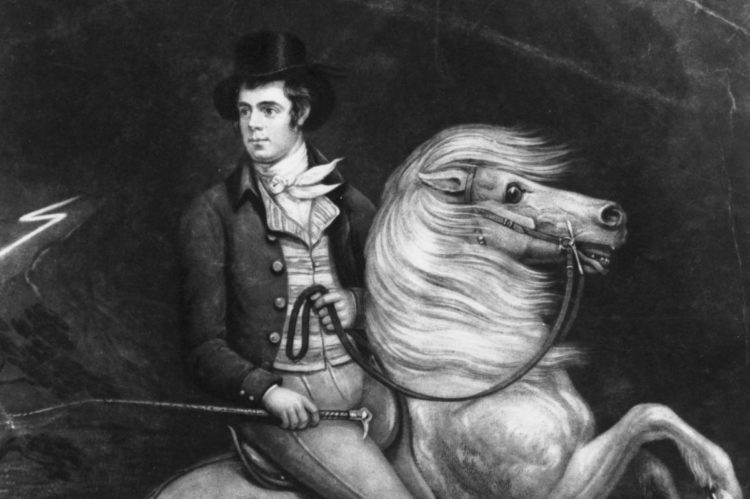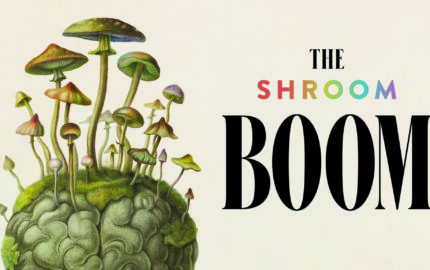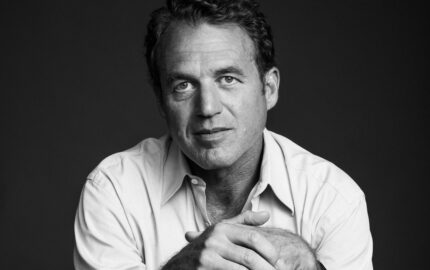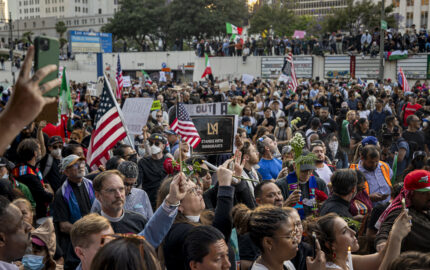Some years ago, I was involved in the edit of a story about children born to developmentally disabled people. In 1927, the U.S. Supreme Court upheld states’ rights to forcibly sterilize people deemed “unfit” to reproduce — a practice that was at the core of eugenics and, at times, extended to poor women, minorities, criminals and others. But with the haunt of the Holocaust still fresh, and the progressive movements of the 1960s and ’70s taking hold, forced sterilization came to be seen as an immoral violation of human rights. The high court ruling was never overturned, but state laws allowing it were repealed. The last state-sanctioned sterilization was in Oregon in 1981, according to reports I found.
As it turned out, the fear that developmentally disabled people would bear developmentally disabled children proved unfounded. Thus the story my newspaper pursued, about the fate of children who, by the time they were 5 or 6, had surpassed their parents in intellectual capacity. The story was prompted by a special school program designed to help those children advance socially while still supporting the families.
The story stuck with me because it was such a stark example of unintended or unconsidered consequences: An action or program designed to address one problem can lead to a variety of others that were never foreseen.
Often that can’t be helped — thus the line borrowed from a Robert Burns poem about best-laid plans of mice and men. It comes from “To a Mouse,” which Burns penned after accidentally destroying a mouse’s nest while he was plowing a field, and became the inspiration for titling John Steinbeck’s “Of Mice and Men.” From the original poem:
But, Mousie, thou art no thy lane
In proving foresight may be vain:
The best laid schemes o’ mice an’ men
Gang aft a-gley,
An’ lea’e us nought but grief an’ pain,For promised joy.
Sometimes we are aware of consequences, and accept them. Consider the cancer patient who is treated with chemotherapy in the hope that one harm will overpower a far greater one. A version of that same argument can be made about the risks faced by first responders or soldiers fighting for a just cause. On occasion, of course, acceptance of harm to some is willful and self-serving, the hubris of leaders who ignore downsides that could thwart their ambitions.
But usually, the lack of foresight seems a failure to consider a range of likely outcomes and find ways, if possible, to mitigate a cascade of new harms. That seems especially common in the arena of public policy — the result of differences in philosophy or party politics, and competition for limited resources. When states made the right decision to repeal laws allowing forced sterilization, it was unlikely they devoted adequate — if any — funds to tend to the needs of affected families.
What does this mean for journalism? When assessing a societal issue or challenge, reporters need to look to its origins and evolution; only then can the public understand the context of decisions. When reporting on a public policy debate, journalists need to squint forward and ask what consequences have been considered, and how they will be managed. And they need to resist easy assumptions or quick claims, and try to report the validity of those claims.



